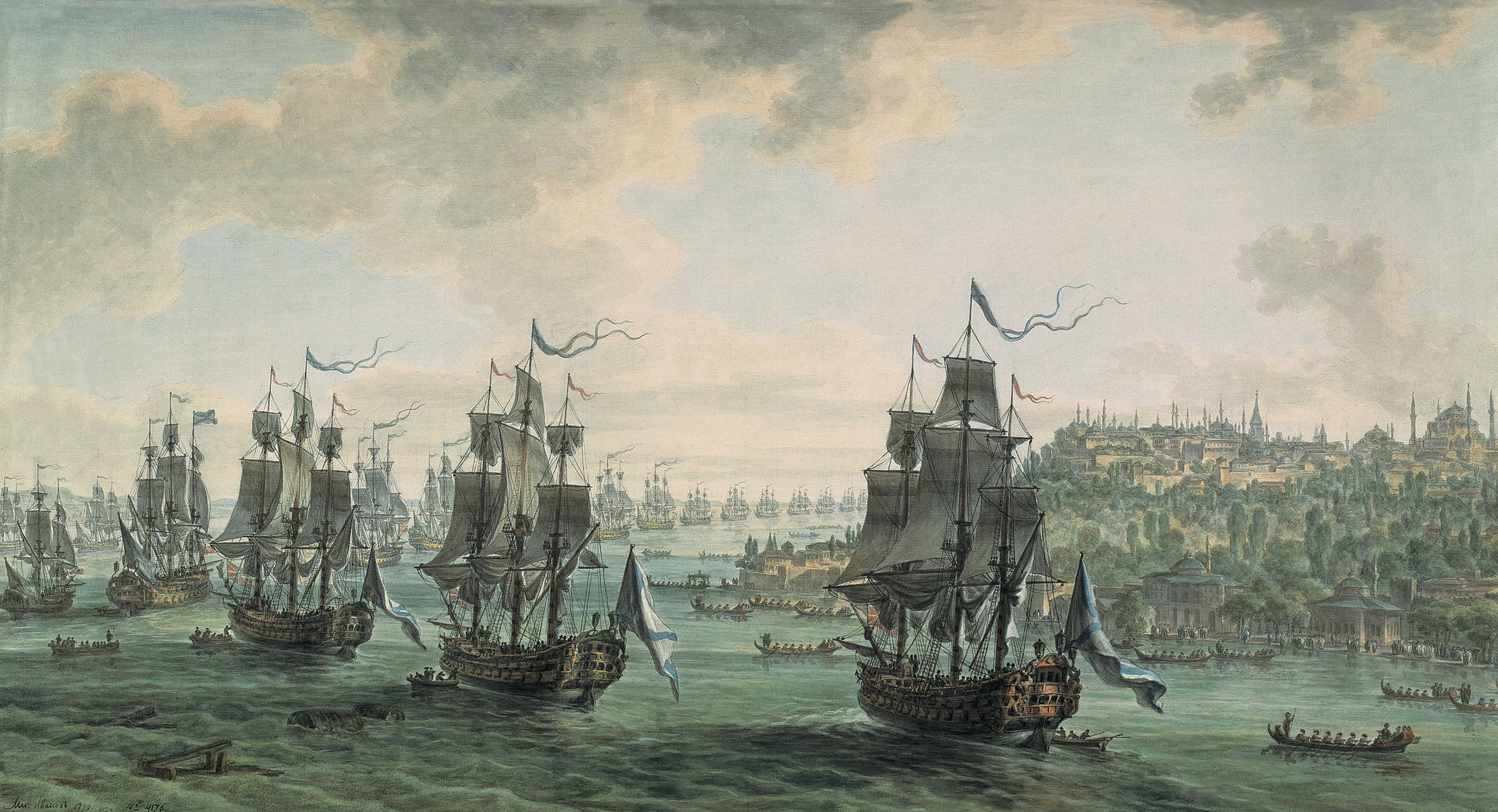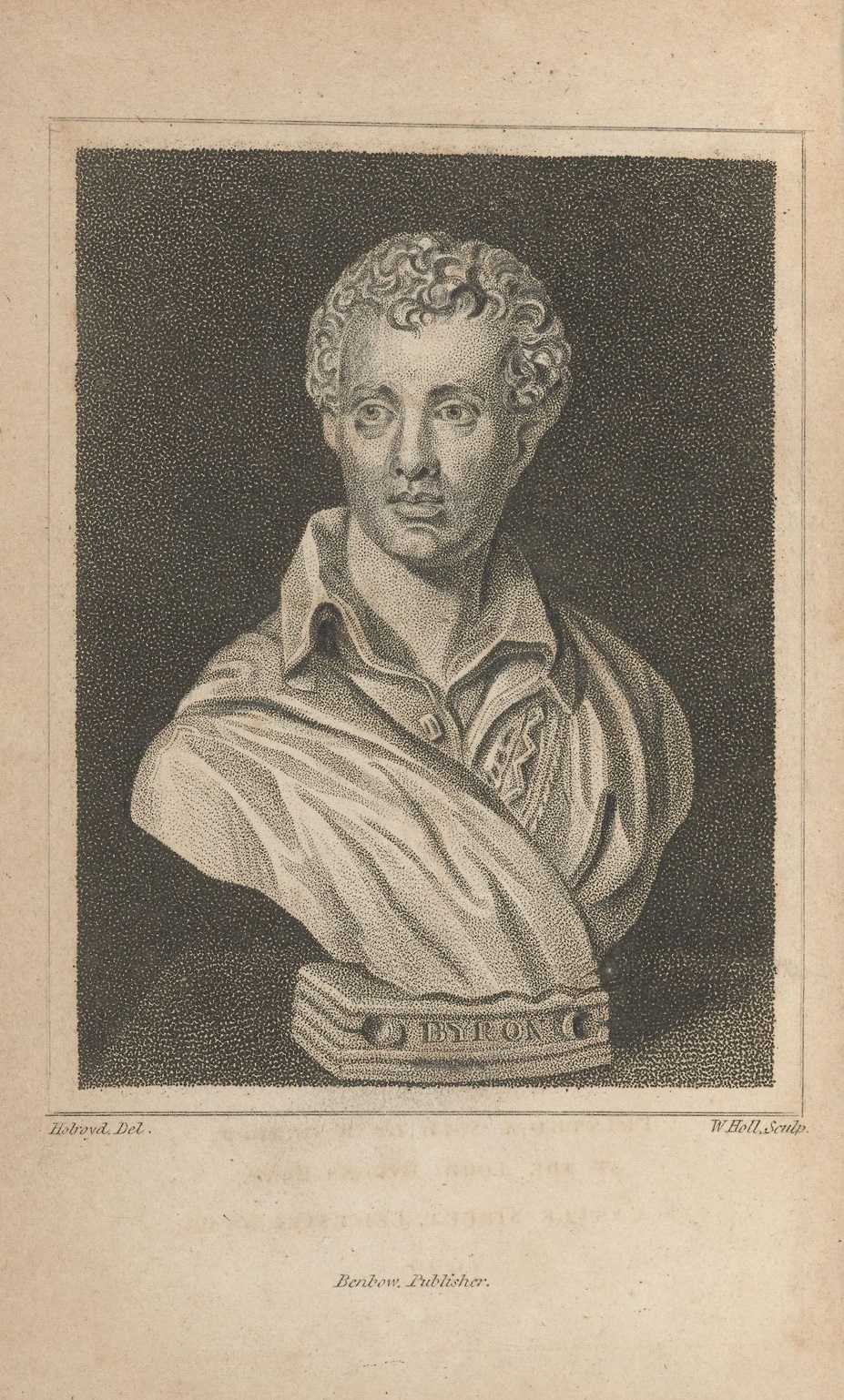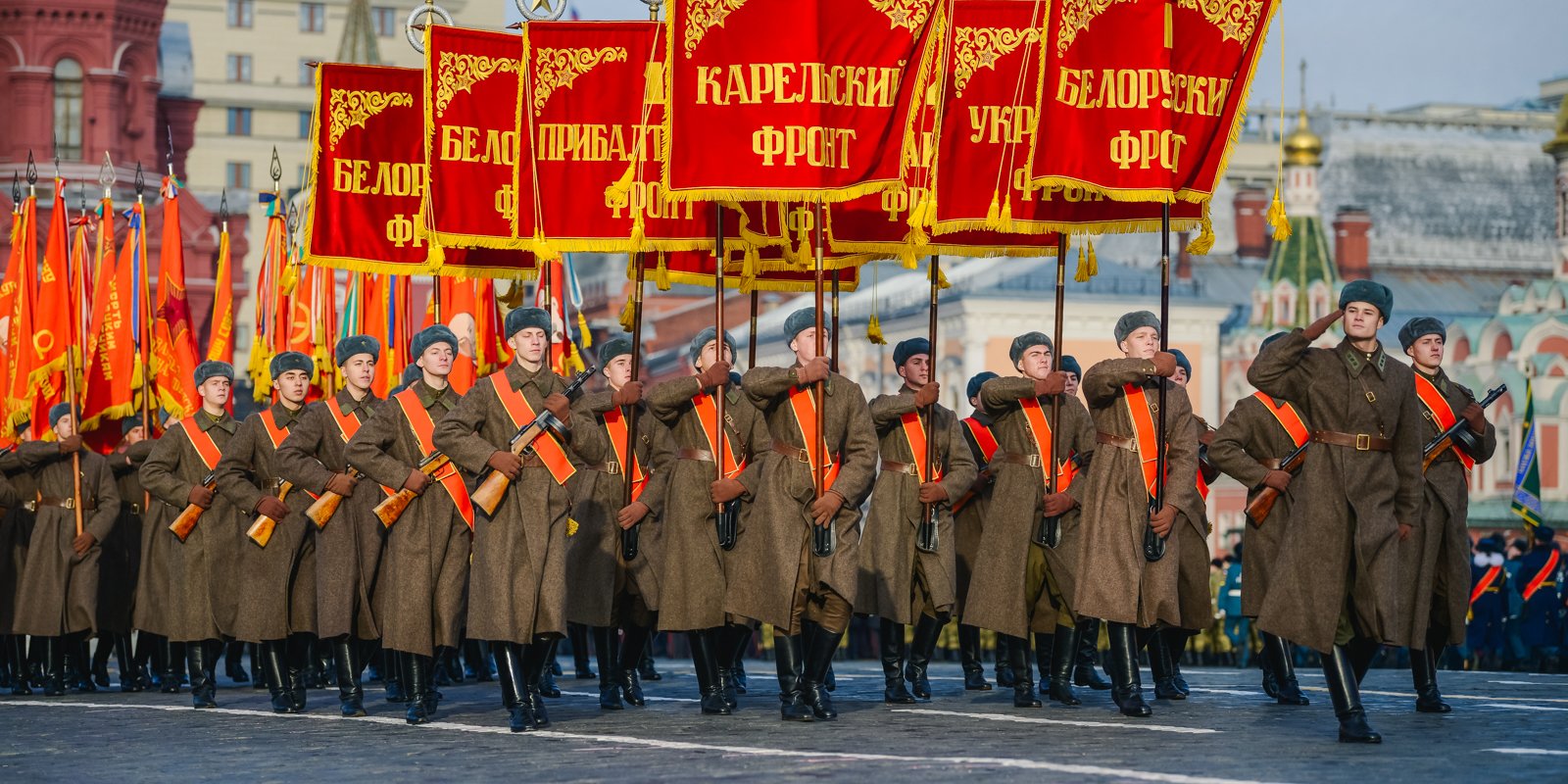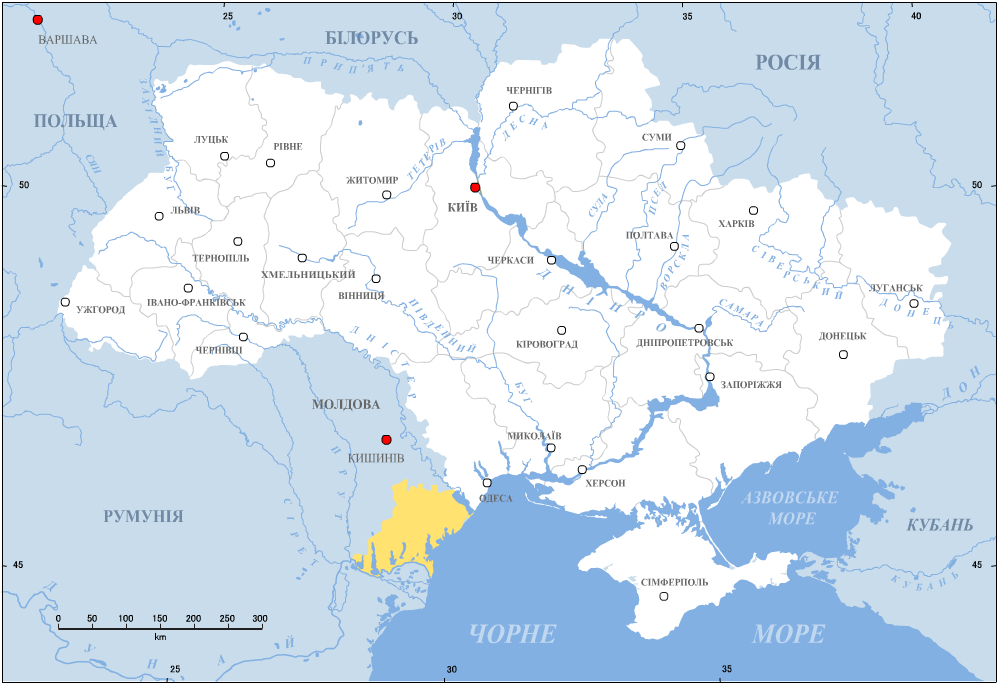|
Siege Of Izmail
The siege of Izmail was a military investment fought in 1790 on the Black Sea during the Russo-Turkish War (1787–1792). The Russians were led by Alexander Suvorov, who had defeated the Ottomans at Kinburn, Ochakov, and Focsani. The Black Sea flotilla was commanded by the Spanish admiral José de Ribas. In March 1790, the Russians began besieging Izmail, in the region of Budjak (now in Ukraine), which had a garrison of 40,000 soldiers. Suvorov had 31,000 troops and on the morning of 22 December 1790, the Russians began attacking the city. They bombarded Izmail until 3:00 am, and then stormed it at 5:30 am. The Russians advanced on the north, east, and west. The walls were weaker there than in other places, where it took Russian troops longer to attack. By 8:00 am. the Russians had entered the city. In total, the Ottoman forces had more than 26,000 killed with the whole garrison being killed, wounded, or captured. The Russian forces suffered only 4,330 casua ... [...More Info...] [...Related Items...] OR: [Wikipedia] [Google] [Baidu] |
Mikhail Matveevich Ivanov
Mikhail Matveevich Ivanov (Russian: Михаил Матвеевич Иванов ; 1748, Veliky Novgorod - 16 August 1823, St. Petersburg) was a Russian painter, watercolorist, and Academician. Biography His father was a soldier in the Semyonovsky Regiment. In 1762, he and his brother, were admitted to the Imperial Academy of Arts. He initially took practical courses on painting with varnishes then, in 1764, became a student of , who instructed him in painting birds, animals and flowers. He was awarded a silver medal in 1769, followed by a gold medal in 1770, for his landscape with staffage, depicting an olive tree with military paraphernalia, soldiers and shepherds. This also earned him a study trip to Western Europe. In Paris he studied with Jean-Baptiste Le Prince, with whom he copied landscapes by the Old Masters. He was especially drawn to Dutch and Flemish artists. In 1773, he and Arkhip went to Rome, where he painted landscapes en plein aire and copied more of the Old ... [...More Info...] [...Related Items...] OR: [Wikipedia] [Google] [Baidu] |
Siege Of Ochakov (1788)
The second siege of Ochakov (now Ochakiv, Ukraine) was one of the major events of the Russo-Turkish War (1787–1792). It was known as "Özi Kuşatması" in Turkish. In 1788, Russian forces led by Prince Grigory Potemkin and General Alexander Suvorov besieged the city, held by Ottoman troops commanded by Hasan Pasha. Despite Suvorov's urging to storm the city immediately, Potemkin had the Russian forces encircled Ochakov (Özi), bombarding the city and cutting off the defenders' supply of food and ammunition. By keeping his soldiers out of direct battle, Potemkin minimized Russian casualties, though he was accused by his generals of cowardice. The argument about storming continued in the Russian headquarters during the entirety of the siege. Also, the Russians captured strategically important Pirezin Island on July 18, 1788. The first combat was on May 31, with the arrival of the Turkish navy. The Russian flotilla lost a double-sloop while attempting to retreat. The Russi ... [...More Info...] [...Related Items...] OR: [Wikipedia] [Google] [Baidu] |
Military History Of Ukraine
A military, also known collectively as armed forces, is a heavily armed, highly organized force primarily intended for warfare. It is typically authorized and maintained by a sovereign state, with its members identifiable by their distinct military uniform. It may consist of one or more military branches such as an army, navy, air force, space force, marines, or coast guard. The main task of the military is usually defined as defence of the state and its interests against external armed threats. In broad usage, the terms ''armed forces'' and ''military'' are often treated as synonymous, although in technical usage a distinction is sometimes made in which a country's armed forces may include both its military and other paramilitary forces. There are various forms of irregular military forces, not belonging to a recognized state; though they share many attributes with regular military forces, they are less often referred to as simply ''military''. A nation's military may f ... [...More Info...] [...Related Items...] OR: [Wikipedia] [Google] [Baidu] |
Battles Of The Russo-Turkish War (1787–1792)
A battle is an occurrence of combat in warfare between opposing military units of any number or size. A war usually consists of multiple battles. In general, a battle is a military engagement that is well defined in duration, area, and force commitment. An engagement with only limited commitment between the forces and without decisive results is sometimes called a skirmish. The word "battle" can also be used infrequently to refer to an entire operational campaign, although this usage greatly diverges from its conventional or customary meaning. Generally, the word "battle" is used for such campaigns if referring to a protracted combat encounter in which either one or both of the combatants had the same methods, resources, and strategic objectives throughout the encounter. Some prominent examples of this would be the Battle of the Atlantic, Battle of Britain, and Battle of Stalingrad, all in World War II. Wars and military campaigns are guided by military strategy, whereas bat ... [...More Info...] [...Related Items...] OR: [Wikipedia] [Google] [Baidu] |
Conflicts In 1790
Conflict may refer to: Arts, entertainment, and media Films * ''Conflict'' (1921 film), an American silent film directed by Stuart Paton * ''Conflict'' (1936 film), an American boxing film starring John Wayne * ''Conflict'' (1937 film), a Swedish drama film directed by Per-Axel Branner * ''Conflict'' (1938 film), a French drama film directed by Léonide Moguy * ''Conflict'' (1945 film), an American suspense film starring Humphrey Bogart * ''Catholics: A Fable'' (1973 film), or ''The Conflict'', a film starring Martin Sheen * ''Judith'' (1966 film) or ''Conflict'', a film starring Sophia Loren * ''Samar'' (1999 film) or ''Conflict'', a 1999 Indian film by Shyam Benegal Games * ''Conflict'' (series), a 2002–2008 series of war games for the PS2, Xbox, and PC * ''Conflict'' (video game), a 1989 Nintendo Entertainment System war game * '' Conflict: Middle East Political Simulator'', a 1990 strategy computer game Literature and periodicals * ''Conflict'' (novel) ... [...More Info...] [...Related Items...] OR: [Wikipedia] [Google] [Baidu] |
Ukrayinska Pravda
''Ukrainska Pravda'' ( uk, Українська правда, lit=Ukrainian Truth) is a Ukrainian online newspaper founded by Georgiy Gongadze on 16 April 2000 (the day of the Ukrainian constitutional referendum). Published mainly in Ukrainian with selected articles published in or translated to Russian and English, the newspaper is tailored for a general readership with an emphasis on the politics of Ukraine. In May 2021, owner Olena Prytula sold 100% of the corporate rights of ''Ukrainska Pravda'' to Dragon Capital. The parties agreed that the editorial policy of the publication would remain unchanged. Along with Hromadske and the Center for United Action, ''Ukrainska Pravda'' is part of the Kyiv MediaHub. History In December 2002, ''Ukrainska Pravda'' was refused a press accreditation by the Prosecutor General of Ukraine Svyatoslav Piskun (an offence against the Criminal Code of Ukraine). According to the Ukrainian Helsinki Human Rights Union, after ''Ukrain ... [...More Info...] [...Related Items...] OR: [Wikipedia] [Google] [Baidu] |
Don Juan (Byron)
In English literature, ''Don Juan'' (1819–1824), by Lord Byron, is a satirical, epic poem that portrays the Spanish legend of Don Juan not as a womaniser, but as a man easily seduced by women.English 151-03 ''Byron's 'Don Juan' notes'' , Gregg A. Hecimovich As genre literature, ''Don Juan'' is an , written in '''' and presented in sixteen cantos. Lord Byron derived the character, but not the story, from the same Spanish legend. Upon publication in 1819, cantos I and II were criticised as immoral, because the author ... [...More Info...] [...Related Items...] OR: [Wikipedia] [Google] [Baidu] |
Byron
George Gordon Byron, 6th Baron Byron (22 January 1788 – 19 April 1824), known simply as Lord Byron, was an English romantic poet and peer. He was one of the leading figures of the Romantic movement, and has been regarded as among the greatest of English poets. Among his best-known works are the lengthy narratives ''Don Juan'' and '' Childe Harold's Pilgrimage''; many of his shorter lyrics in '' Hebrew Melodies'' also became popular. Byron was educated at Trinity College, Cambridge, later traveling extensively across Europe to places such as Italy, where he lived for seven years in Venice, Ravenna, and Pisa after he was forced to flee England due to lynching threats. During his stay in Italy, he frequently visited his friend and fellow poet Percy Bysshe Shelley. Later in life Byron joined the Greek War of Independence fighting the Ottoman Empire and died leading a campaign during that war, for which Greeks revere him as a folk hero. He died in 1824 at the age of 3 ... [...More Info...] [...Related Items...] OR: [Wikipedia] [Google] [Baidu] |
Days Of Military Honour
The Days of Military Honour (russian: Дни воинской славы, ''dni voinskoy slavy'') are special memorable dates in the Russian Armed Forces dedicated to the most outstanding victories won by Russia. Some of these dates are state holidays but the majority of them is celebrated purely in the armed forces, while 7 November is marked by parades in Moscow and Samara. The Days of Military Honour include: * 27 January – the day of lifting of the Siege of Leningrad, 1944; * 2 February – victory in the Battle of Stalingrad, 1943; * 23 February – Defender of the Fatherland Day, state holiday; * 18 April – victory over the Teutonic Knights in the Battle on the Ice, 1242; * 9 May – Victory Day, state holiday; * 7 July – naval victory over Turkey in the Battle of Chesma, 1770; * 10 July – victory over Sweden in the Battle of Poltava, 1709; * 9 August – naval victory over Sweden in the Battle of Gangut, 1714; * 23 August – victory over Germany in the Battle of K ... [...More Info...] [...Related Items...] OR: [Wikipedia] [Google] [Baidu] |
Grom Pobedy, Razdavaysya!
"Let the Thunder of Victory Rumble!" (russian: Гром побе́ды, раздава́йся!, Grom pobedy, razdavaysya!) was an unofficial Russian national anthem in the late 18th and early 19th century. The lyrics were written by the premier Russian poet of the time, Gavrila Derzhavin, and the music by composer Osip Kozlovsky, in 1791. The song was written to commemorate the capture of major Ottoman fortress Izmail by the great Russian general Aleksandr Suvorov. This event effectively ended the Seventh Russo-Turkish War. The tune is a '' polonaise''. This anthem was eventually replaced by a formal imperial anthem The anthem for a person, office or rank is music played on formal or ceremonial occasions in the presence of the person, office-holder, or rank-holder, especially by a military band. The head of state in many countries is honored with a prescri ..., " God Save the Tsar!", which was adopted in 1833. Text of the song (excerpt) Notes References External ... [...More Info...] [...Related Items...] OR: [Wikipedia] [Google] [Baidu] |
Budjak
Budjak or Budzhak ( Bulgarian and Ukrainian: Буджак; ro, Bugeac; Gagauz and Turkish: ''Bucak''), historically part of Bessarabia until 1812, is a historical region in Ukraine and Moldova. Lying along the Black Sea between the Danube and Dniester rivers, this sparsely populated multi-ethnic 600,000-people region of is located in the southern part of historical Bessarabia. Nowadays, the larger part of the region is included in Ukraine's Odesa Oblast, while the rest is included in the southern districts of Moldova. The region is bordered to the north by the rest of Moldova, to the west and south by Romania, and to the east by the Black Sea and the rest of Ukraine. Name and geography Historically, Budjak was the southeastern steppe region of Moldavia. Bordered by the northern Trajan's Wall at its north end, by the Danube river and Black Sea to its south, by Tigheci Hills (just east of the Prut River) to the west, and Dniester River to the east, it was known as ''histor ... [...More Info...] [...Related Items...] OR: [Wikipedia] [Google] [Baidu] |
Battle Of Focșani
The Battle of Focșani (also Battle of Fokschani or Battle of Focsani; hu, Foksányi csata) was a battle in the Russo-Turkish War (1787–1792) fought on 1 August 1789 between the Ottoman Empire and the alliance of the Russian Empire and the Habsburg monarchy near Focșani, Moldavia (now in Romania). The Russians were led by Alexander Suvorov, the Austrians by Prince Josias of Coburg, and the Ottomans by Osman Pasha. The Austrian army numbered 18,000 Austrian and Hungarian troops. The Russian contingent was made up of 7,000 soldiers. The Ottomans mustered ca. 30,000 soldiers. The allies stormed the Ottoman entrenched camp and drove the Turks out of Moldavia. The Moldavian campaign begins As the campaigning season of 1789 began, Koca Yusuf Pasha, Grand Vizier of the Ottoman Empire, took steps to defend the provinces of Moldavia and Wallachia. He faced the prospect of offensives from two directions. To the northwest lay an Austrian army of 18,000 men under Coburg. Meanwhile, ... [...More Info...] [...Related Items...] OR: [Wikipedia] [Google] [Baidu] |





